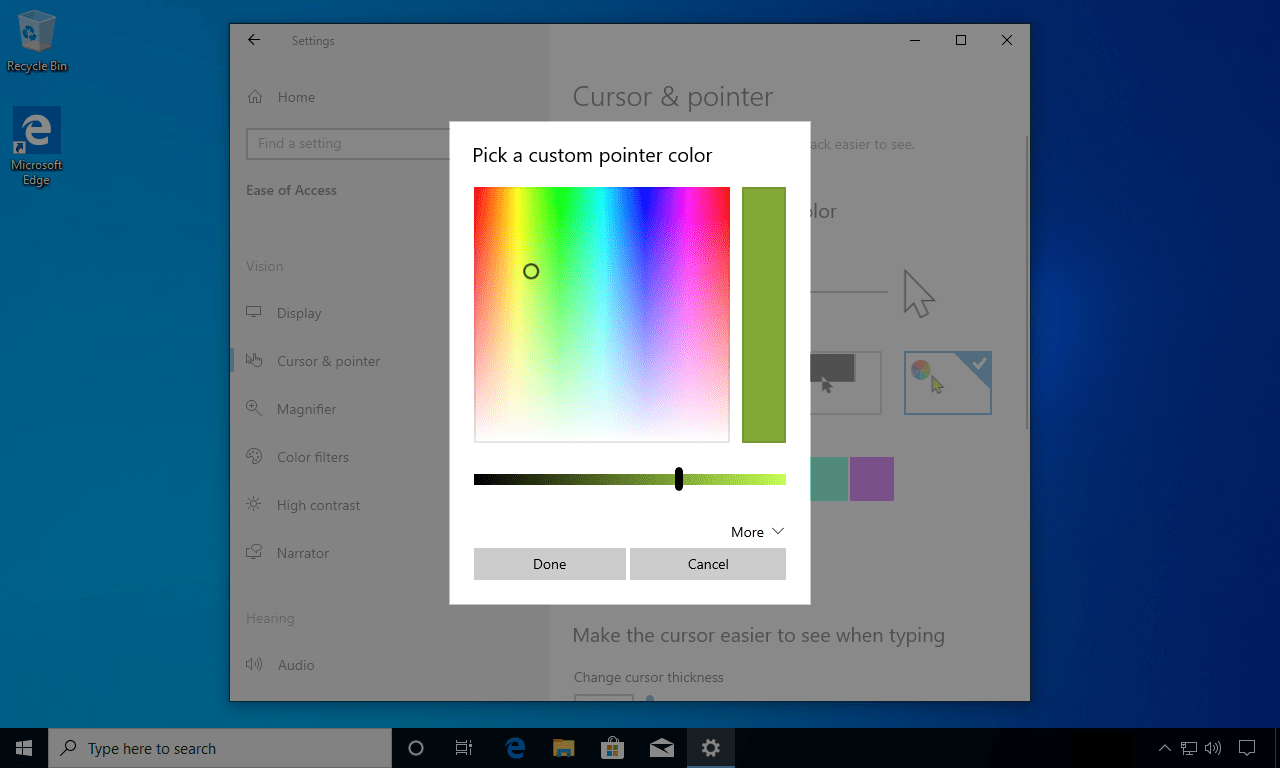
Here is the Preview of our second conditional formatting rule: change the background of cells with values equal to or less than 3.45 to the green color, click the New Rule button again and repeat steps 3 - 6 setting the required condition. Since we need to apply one more condition, i.e. The result of your formatting will look similar to this: If everything is Okay, click the OK button.

Then click the Format… button to choose what background color to apply when the above condition is met.

We choose to format only cells with a Cell Value - greater than - 3.7, as you can see in the screenshot below.


Change a cell's color based on its current value (statically) - Once set, the background color will not change no matter how the cell's value changes.Change the background color of cells based on value (dynamically) - The background color will change automatically when the cell value changes.But what if you want to change the background color of all cells with a certain value? Moreover, what if you want the background color to change automatically along with the cell value's changes? Further in this article you will find answers to these questions and learn a couple of useful tips that will help you choose the right method for each particular task. Also, you will learn how to use Excel formulas to change the color of blank cells or cells with formula errors.Įveryone knows that changing the background color of a single cell or a range of data in Excel is easy as clicking the Fill color button. In this article, you will find two quick ways to change the background color of cells based on value in Excel 2016, 20.


 0 kommentar(er)
0 kommentar(er)
